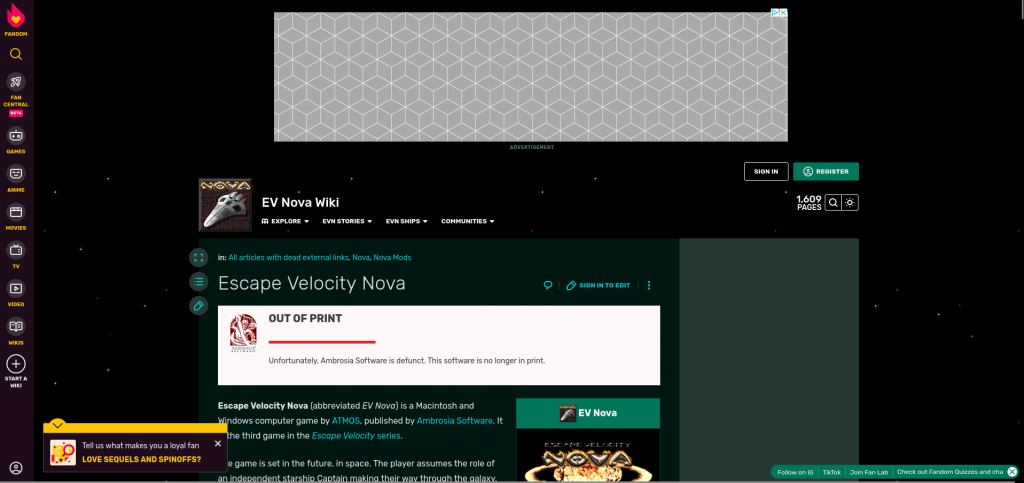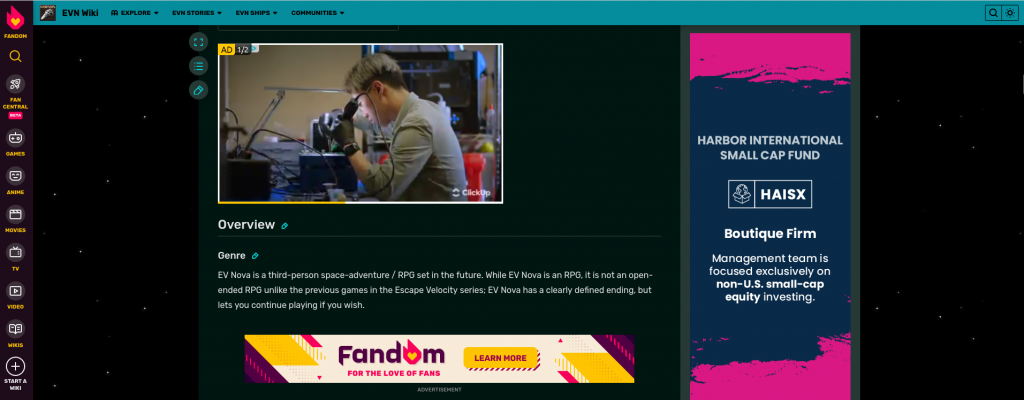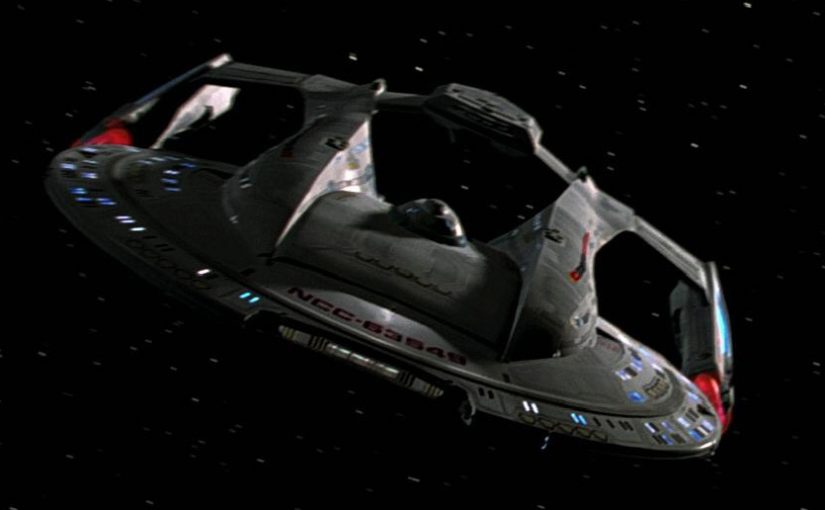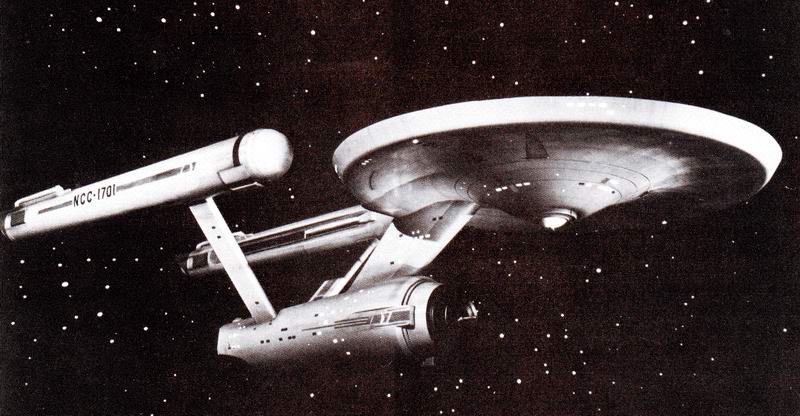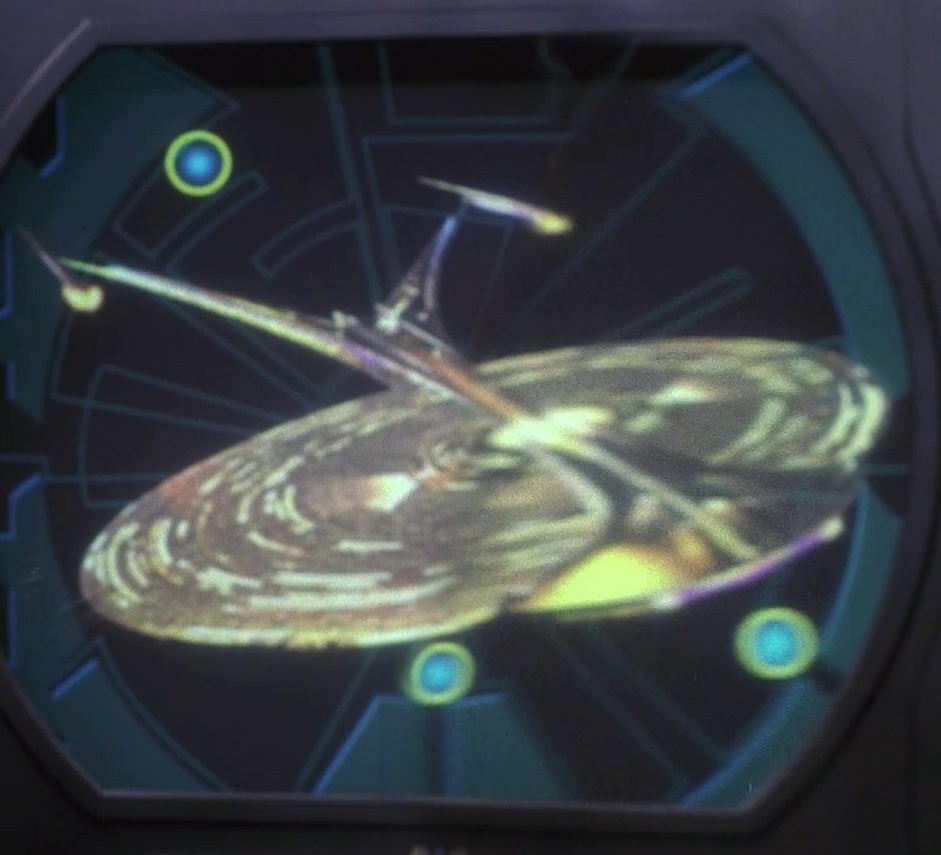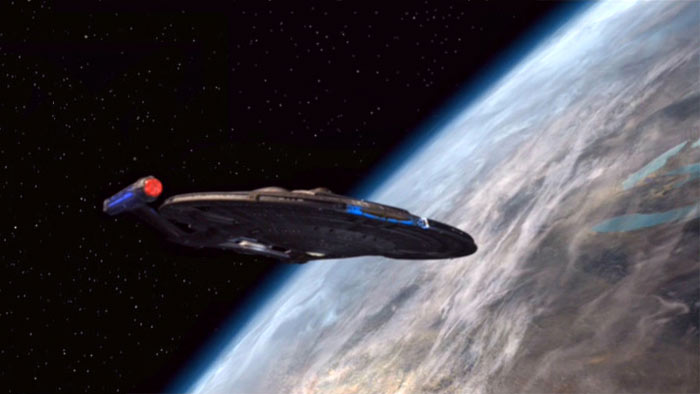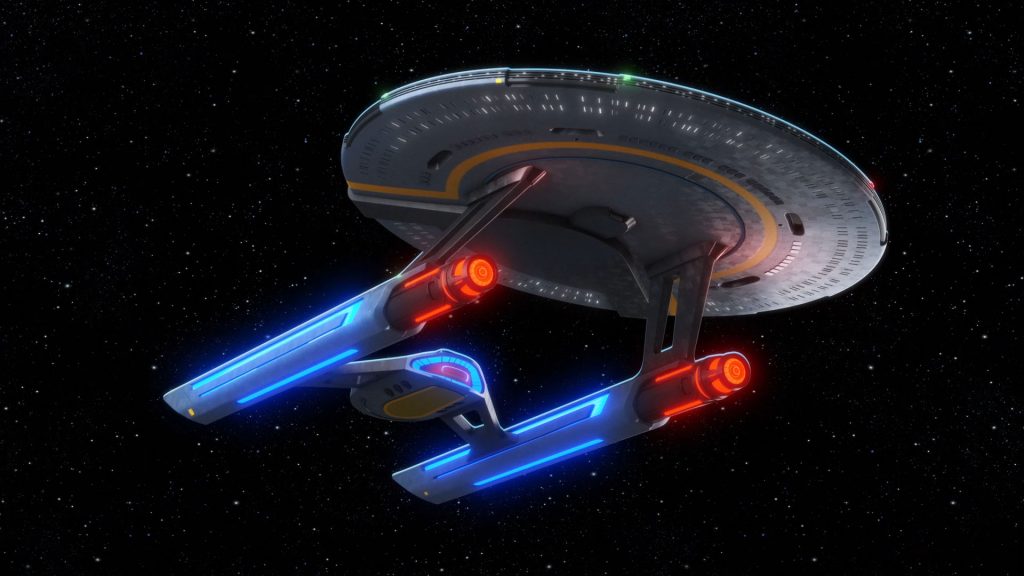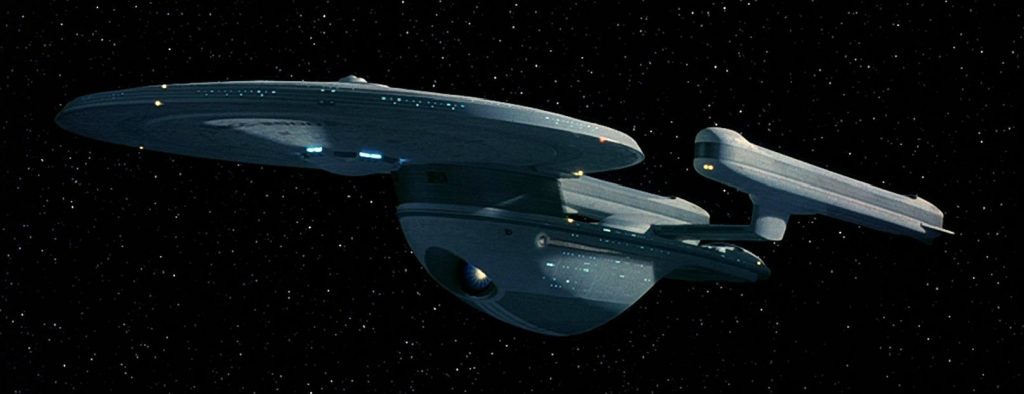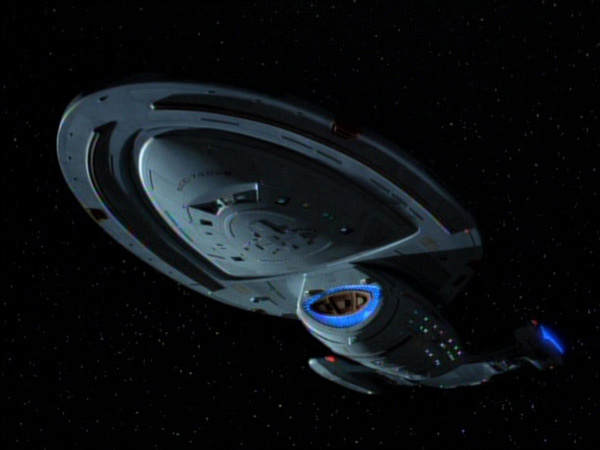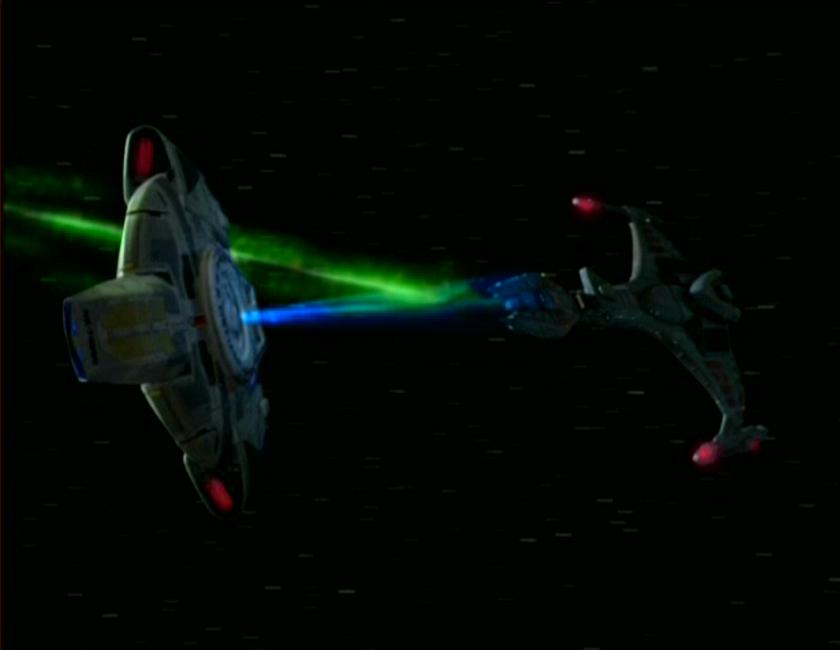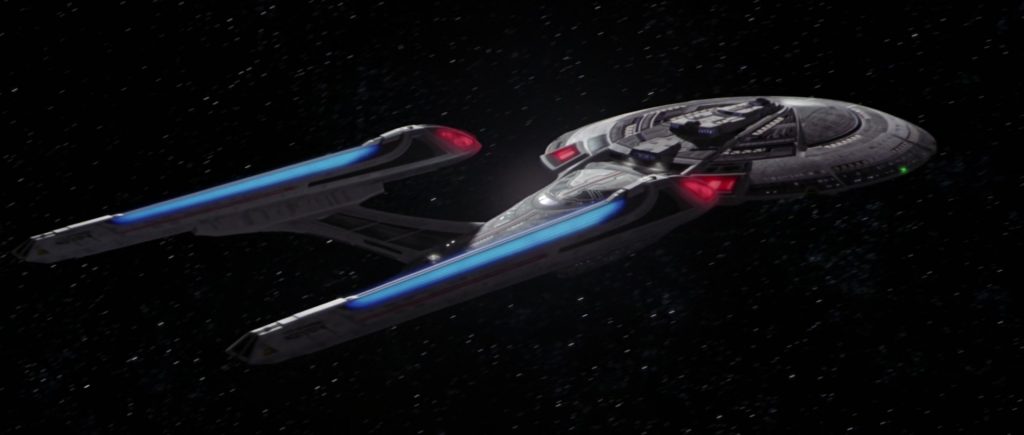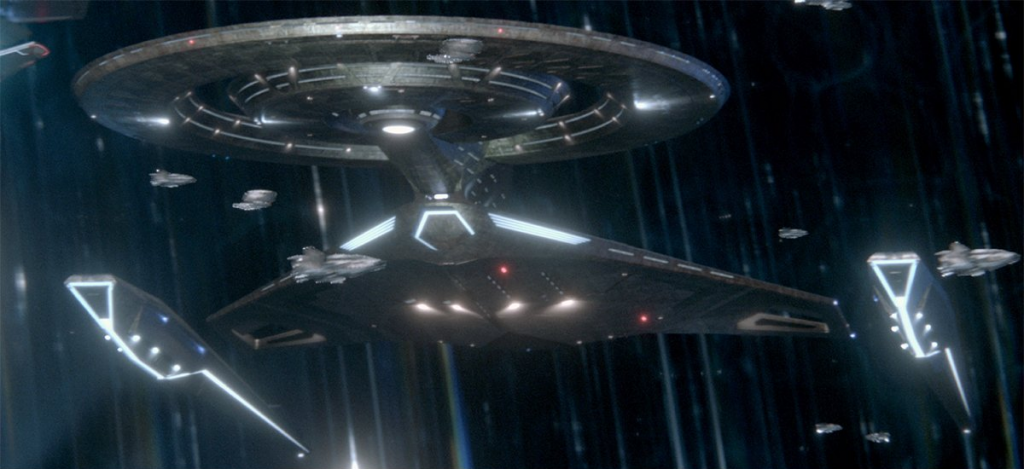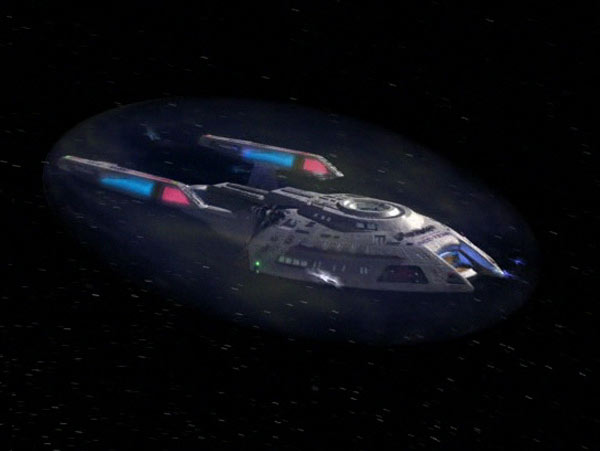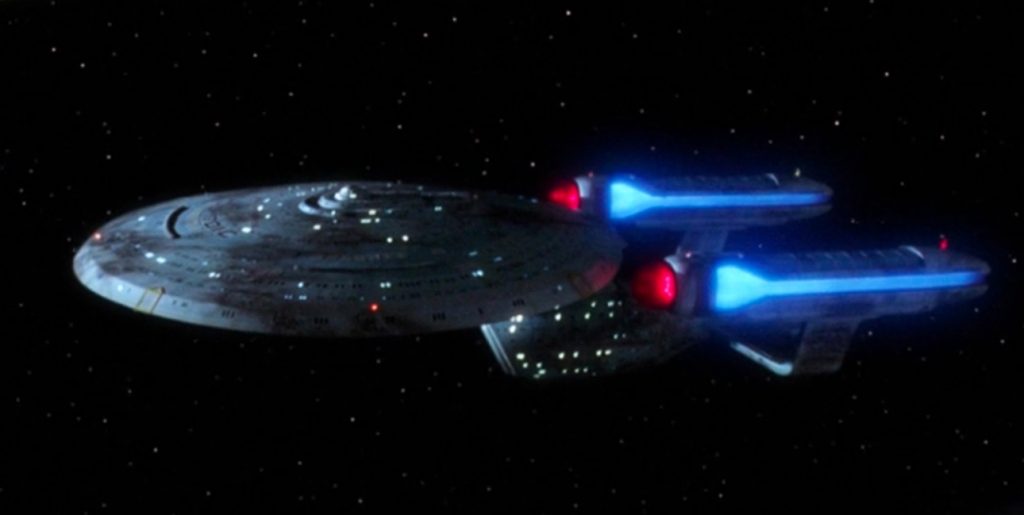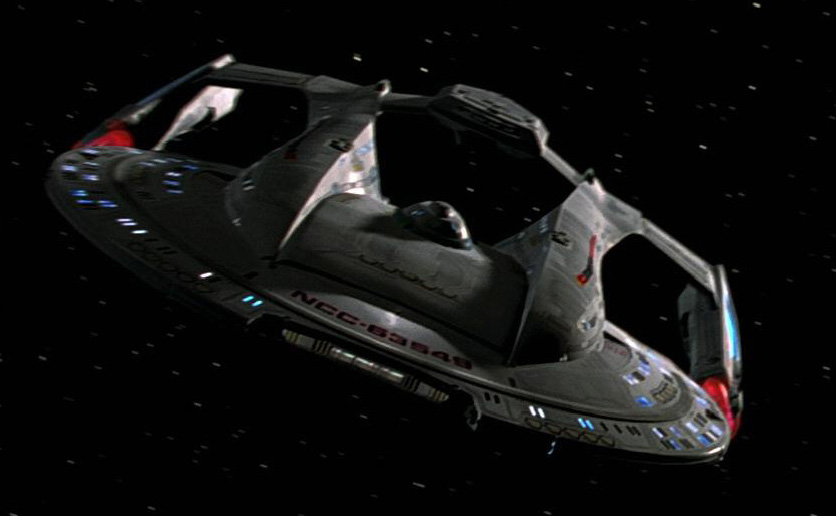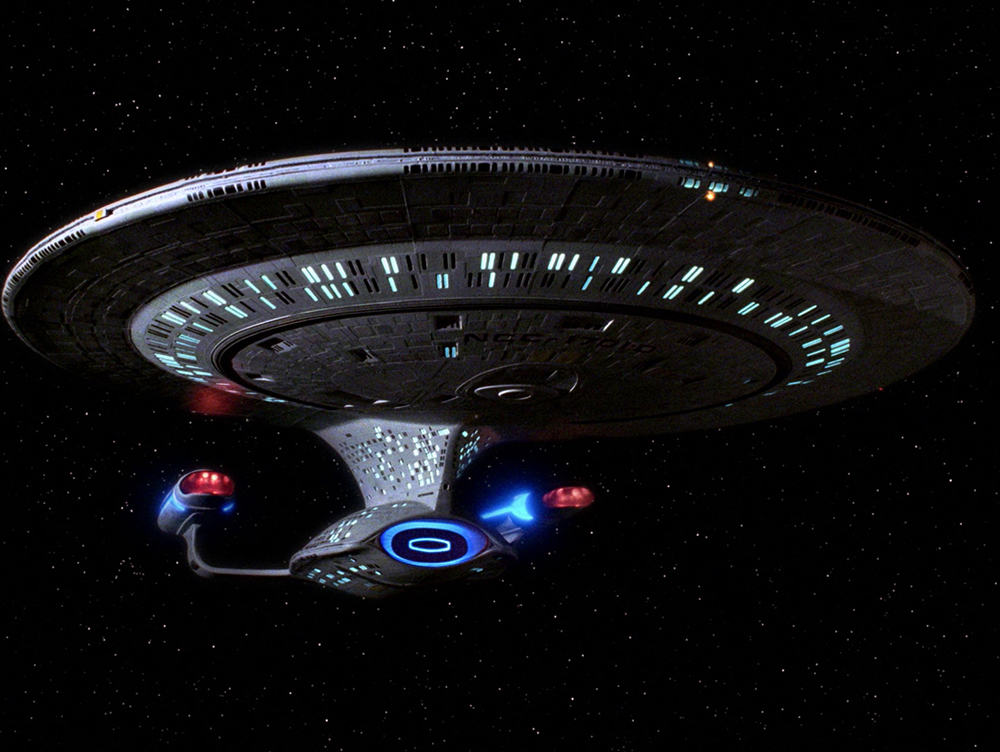I really didn’t think I’d do another blog post about Star Trek Spaceships possibly ever, but Miltuber (and NCD darling) Lazerpig did the angry review thing on the Defiant.
While Defiant isn’t my favorite Trek ship, DS9 is probably my favorite Trek show so I felt the need to rise to the occasion. Or at least gather my thoughts so I don’t need to send the same rant to multiple different chats.
Why build a defiant

Lazerpig has chosen to critique the Defiant as it was designed, not the production variant that includes a cloaking device. So I don’t think we should be evaluating its actual uses in the same way we might evaluate a ship that went into full production and deployment.
He spends a lot of time talking about why Fed ships tend to be cruisers but doesn’t really engage with why you’d maybe want to build something like the Defiant. I thought it was obvious from the dialogue; it’s meant to be a glass cannon that they could field in greater numbers than cruisers. Which makes a ton of sense if the goal was something they could launch at short notice in great numbers to rain absolute hell on some Borg cubes.
The amount of firepower per ton on the Defiant is outstanding. It can solo an Excelsior. Came damned close to destroying a Jem’Hadar Dreadnought. They probably didn’t intend to deploy only one at a time!
Also consider the risk of deploying a Defiant. I say “a” Defiant because Sisko chewed through two. When a Galaxy goes down the Federation is taking a massive loss in personnel and material. When a Defiant goes down, you build a new one. Everyone probably got to the escape pods because the ship is tiny anyway, but if they didn’t, whatever, what’s one squad of mutinous cadets?
Railguns don’t work in Trek, and his other intuitions seem wrong

He makes much of the battle of Sector 001 (the opening of First Contact), but really I think that whole scene shows that the Federation was prepared for the Borg successfully. They blew heck out of that cube. He for some reason thinks that Trek shields can only stop phasers and that they should simply use regular guns on the borg because Picard tommy-gunned one drone.
Maybe it wasn’t clear enough in the movie, but that wasn’t an actual gun with actual bullets, it was a hologram. So it really shouldn’t tell you “bullets always penetrate shields”, it indicates that the Borg hadn’t expected to be shot with a hologram, but they don’t do it again because the Borg adapt to new threats. There’s no indication that a railgun would be any different. You get one railgun shot and that’s it. But it’s sillier than that.
We definitely don’t in star trek, as far as I can recall, ever see a situation where ‘oops, got hit by a solid object because our shields don’t work against those’ but we get a lot of a lot of ‘bonk’ “Shields at 50%!”If anything, shields are more effective against kinetic threats. Star Trek shields presumably already work against solid objects traveling at high speeds because they are able to travel through space without getting shredded by micrometeorites, debris from exploded enemies, and other space junk. The big deflector dish is called the “Navigational deflector” for a reason. You can see this in the opening titles of Strange New Worlds; an asteroid smashes harmlessly against the gorgeously redesigned Connie. Also, projectiles in Trek like torpedoes are already solid objects–you can’t load cadaver-Spock into an energy burst. Besides, we regularly hear of probes being launched, which presumably also can’t simply sidle up to enemy ships and detonate.
Feds don’t use railguns because a phaser is a swiss army knife that can be used (by both the characters and the writers) to deal with many different situations and if you have the right intel can bypass enemies shields. The writers can only do so much with flung metal; a scifi beam can do cool scifi things as needed, and that’s exactly the type of flexibility he himself highlighted in the beginning of his video.
But suppose your targets shields are down, one might object. In Trek, an unshielded target is already dead. A single torpedo can usually destroy an unshielded ship, or you can board it, or use your transporter to space the entire crew, or use your phasers to disable its weapons to have a nice chat. All that is to say, Trek weapons are judged mostly on their ability to strip shields. Considering how effective shields are at keeping a superluminal spaceship from splattering on interstellar dust, I think it’s safe to assume that they’re more effective against solid objects than they are against energy weapons.
But it gets worse for mass drivers. Conventional projectiles are simply too slow to be effective in an environment where targets can maneuver faster than light. You’re not going to be able to hit stuff with a railgun in Trek. The speed of light is the bare minimum and only effective at “both ships are on screen at the same time” range.
Sourcing issues
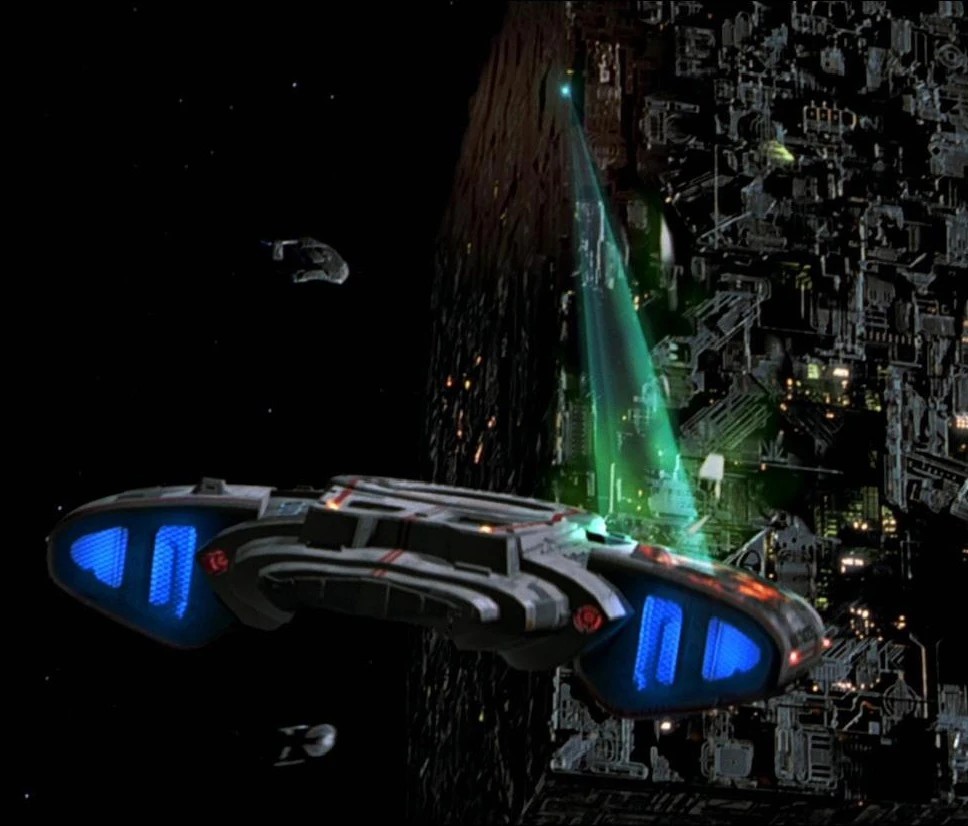
This is personal preference, but I don’t like his sourcing. He says Star Destroyers must not be do-anything ships because there are a million variants, but there are only a million variants because people writing what’s basically blessed fanfic all want to add new space ships. On screen they use one or two variants per trilogy. Similarly, his harshest criticism is centered on basically the deck plan of the ship from the technical manual that only exists to look cool and be nerdy. It’s a fictional spaceship and he barely touches on the way it works in the fiction, instead focusing squarely on ancillary minutia. Maybe this is part of his format because he usually talks about real life vehicles and the information is factual. But in a show like Trek, the only truth is the show that ends up broadcast. Treating outside information as gospel is, in my opinion, silly. A Star Trek spaceship isn’t a collection of statistics, it’s a prop used to tell stories and it’s more or less whatever the story needs it to be.
It’s just a game, who cares

I just want to add the caveat that this is a frivolous response to a frivolous piece. In defending the honor of a fictional spaceship I’m not trying to drag down your favorite YouTuber or anything. If something genuinely animates me it’s people’s attachment to learning off-screen minutia about fictional worlds. You’re investing your precious attention on something that can be invalidated at the stroke of a screenwriter’s pen!
I got the impression that Pig spent more time reading technical manuals in his research than he did watching DS9 and that’s a shame because it’s great fiction and challenges the audience a lot more than arguing about the utility of a detachable crewed missile module does.
TL; DR
Would you rather have one Galaxy or Twenty Defiants? You want the Defiants.

